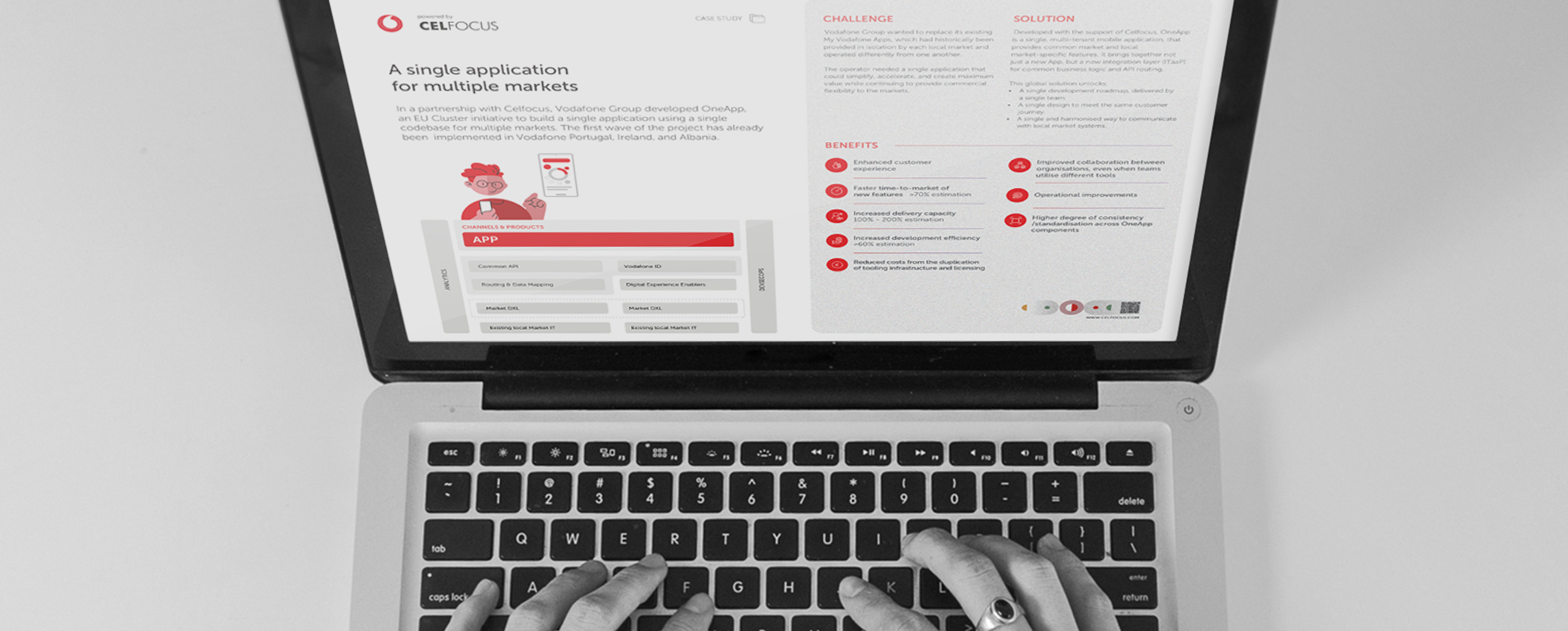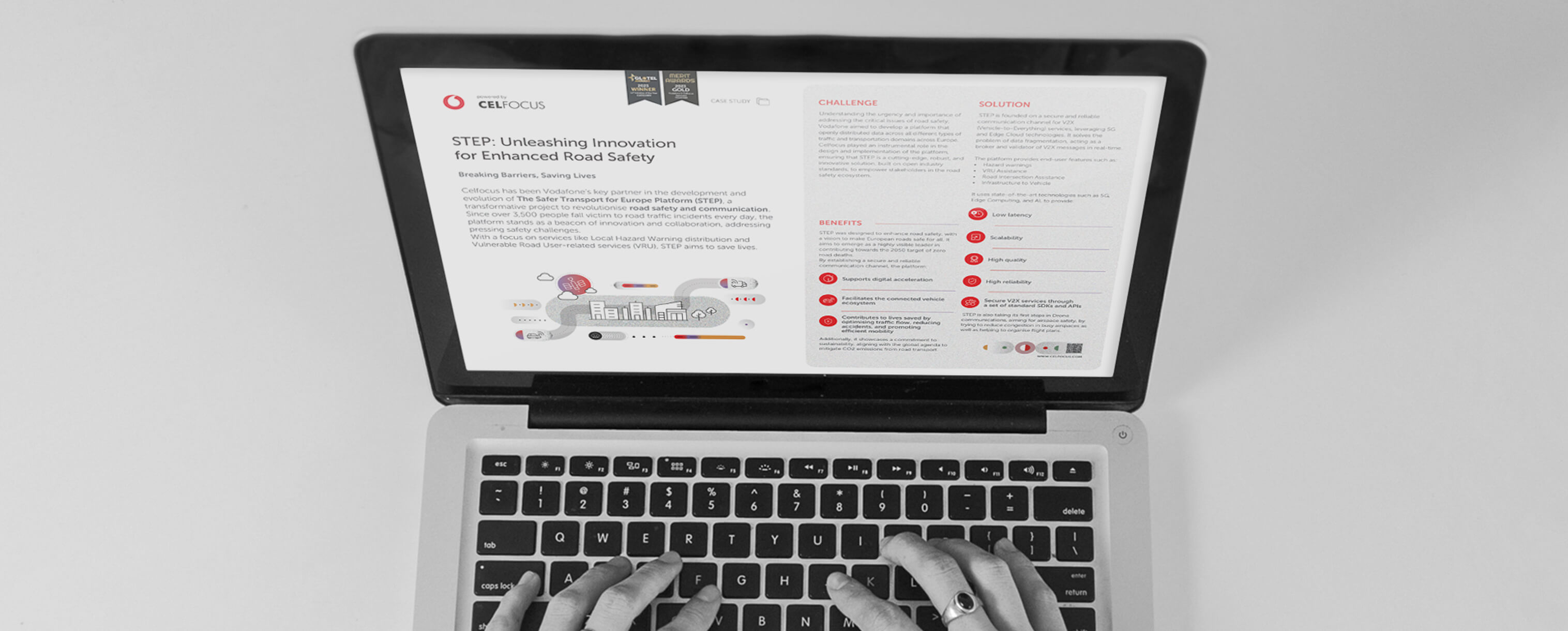|---Module:text|Size:Small---|
The Complex Path of Data Migration
Businesses, in general, spend millions on acquiring and parameterising new systems but the data migration from the legacy systems, is usually considered just another project deliverable, with low budget allocation and fewer resources focused on designing, testing and executing the migration process.
Choosing a new platform seems to be a strategic decision, much more critical than ensuring that the data that populates it is fit for the purpose while another tendency is to underestimate its complexity.
Data migration is a critical process in any IT project, it usually comprising the final stage and a milestone that can determine the project’s success or failure. Taking a quick look at industries like Communication Service Providers (CSP) or Financial Services, there are mission-critical systems, such as Billing or CRM, which have their own data models and associated business logic.
The new deployment of any of these systems has a profound impact on the overall IT architecture and also on operations and customer care. Data migration, in this scenario, is pivotal to ensuring business stability.
Determining a clear strategy before initiating any migration process is paramount to its success. Organisations have different options for moving forward - depending on the project scope, risk and setting - however, for the most part, they can be categorised into one of the following strategies:
|---Module:2 Column Text|Size:Small ---|

Big-Bang Approach
It normally includes concluding the entire migration in a narrow timeframe, where data is extracted from the source systems and loaded to the target systems, followed by switching all processing to the new environment.
|->|

Phased Approach
Takes an incremental approach to Migrating data. In this scenario, both the new and old systems run in parallel and data is migrated over time.
|---Module:text|Size:Small---|
Based on Celfocus’s experience, the choice of which data migration strategy to choose (Big-bang vs Phased) should be based purely on business risk management and not on what the solution is or is not able to accomplish.
Celfocus Migration Process
Celfocus has a strong success record in migrating massive volumes of data in the most heterogeneous environments - merging market best practices regarding agile analysis and development methodologies with a proven framework for data migration implementations.
Several key factors determine the success of a data migration project, including: Analysis, Strategy and Testing.
How Data Migration fits with different Delivery Methodologies
|---Module:text|Color:Red|Size:Small---|
Waterfall Solution Framework:
|---Module:text|Size:Small---|
- defines a blueprint in the setup phase, along with the environments that will be used and the communication plan regarding team interaction;
- uses a multi-sprint agile methodology, in the Implementation phase (composed of Analysis, Development and Test processes), all source systems are analysed and the data mapping rules are defined;
- Executes the data migration in the production environment.
|---Module:text|Color:Red|Size:Small---|
Celfocus Agility Flow:
|---Module:text|Size:Small---|
- breaks deliverables into smaller actions;
- considers a top-down approach for greater effectiveness;
- promotes well defined sprint cycles and strong IT governance;
- guarantees that massive volumes of data are migrated with quality.
In a data migration project, there is also the need to establish a technical approach together with the delivery process.
Celfocus Data Migration Technical Framework
Ensuring an end-to-end solution for data migration implementations, within which the building blocks are chosen according to the project needs, the framework covers the entire data migration process from extraction to load and can be applied to either big bang or phased approaches.
|---Module:image|Size:Small---|

|---Module:text|Size:Small---|
- Product Mapping Converter: automating product and respective customer associations across all systems included in the migration process-
- Migration Express: solving load tools’ performance issues which can hinder any system.
- Reconciliation Express: an automated solution ensuring the entire data migration process and helping with reporting.
These assets target specific phases in the project implementation process and deployment, acting as accelerators, minimising risk, and maximising the overall project timeframe.
|---Module:text|Color:Red|Size:Small---|
Case Study
|---Module:text|Size:Small---|
Vodafone Turkey: From Billing-Centric to Customer-Centric
Vodafone Turkey, the second-largest mobile operator in the country, embarked in digital transformation journey to reinforce its position and better serve its customers.
With an IT architecture that was billing centric, the transformation of both EBU and CBU stacks allowed Vodafone Turkey to reposition itself as a customer-centric operator, with simplified customer journeys and processes.
The data migration strategy included:
- 8 Waves phase approach;
- The migration of 12 million subscribers
- The implementation of 110 eligibility rules to ensure the quality of the data collected from the legacy system before it was transformed and loaded into Genesis.
The new architecture enabled the establishment of a relationship where customers are empowered and have more visibility, flexibility, and control over consumption and usage with real-time charging.
Learn more about how Vodafone Turkey Transformed to become Customer Centric here.















